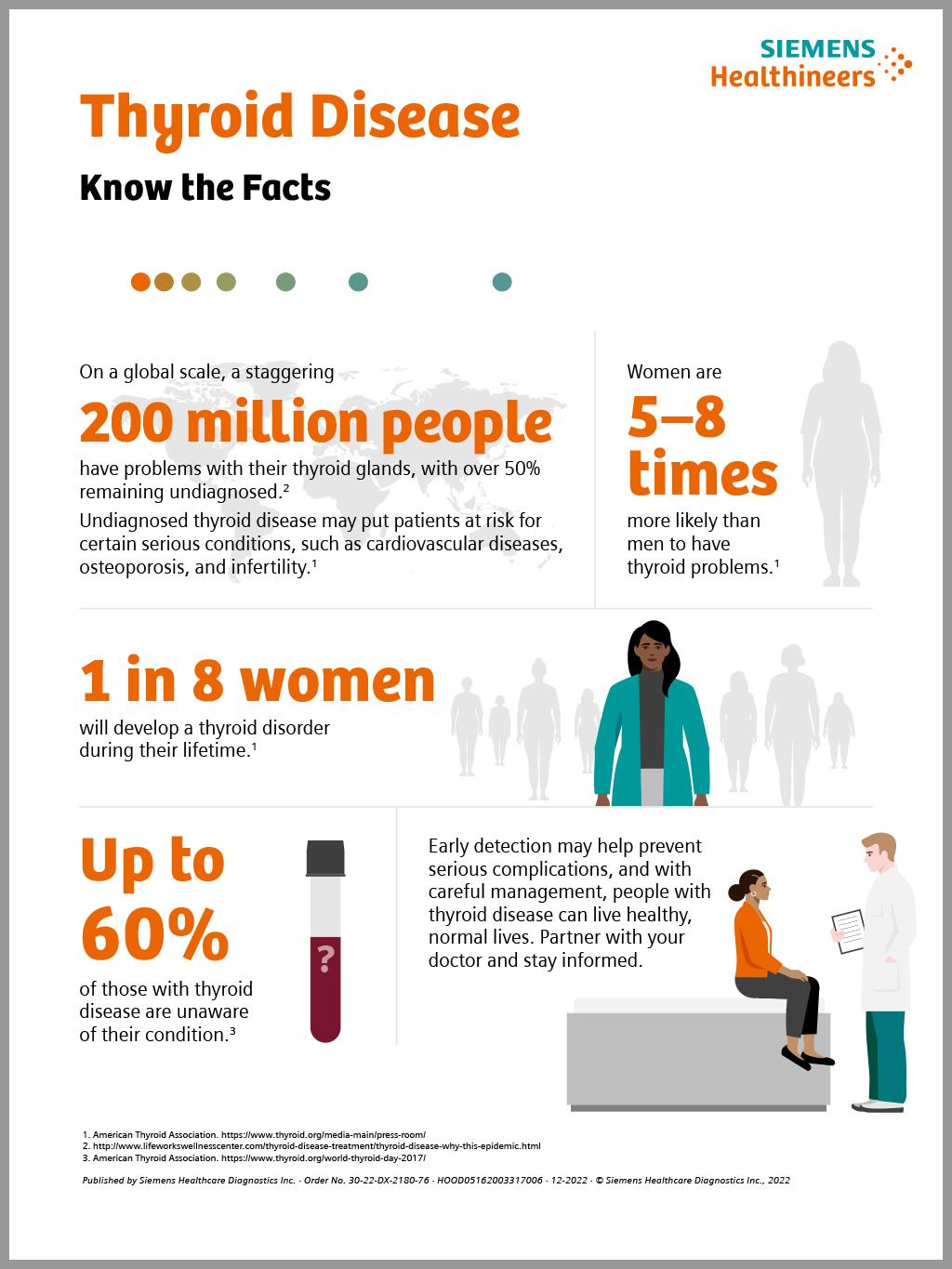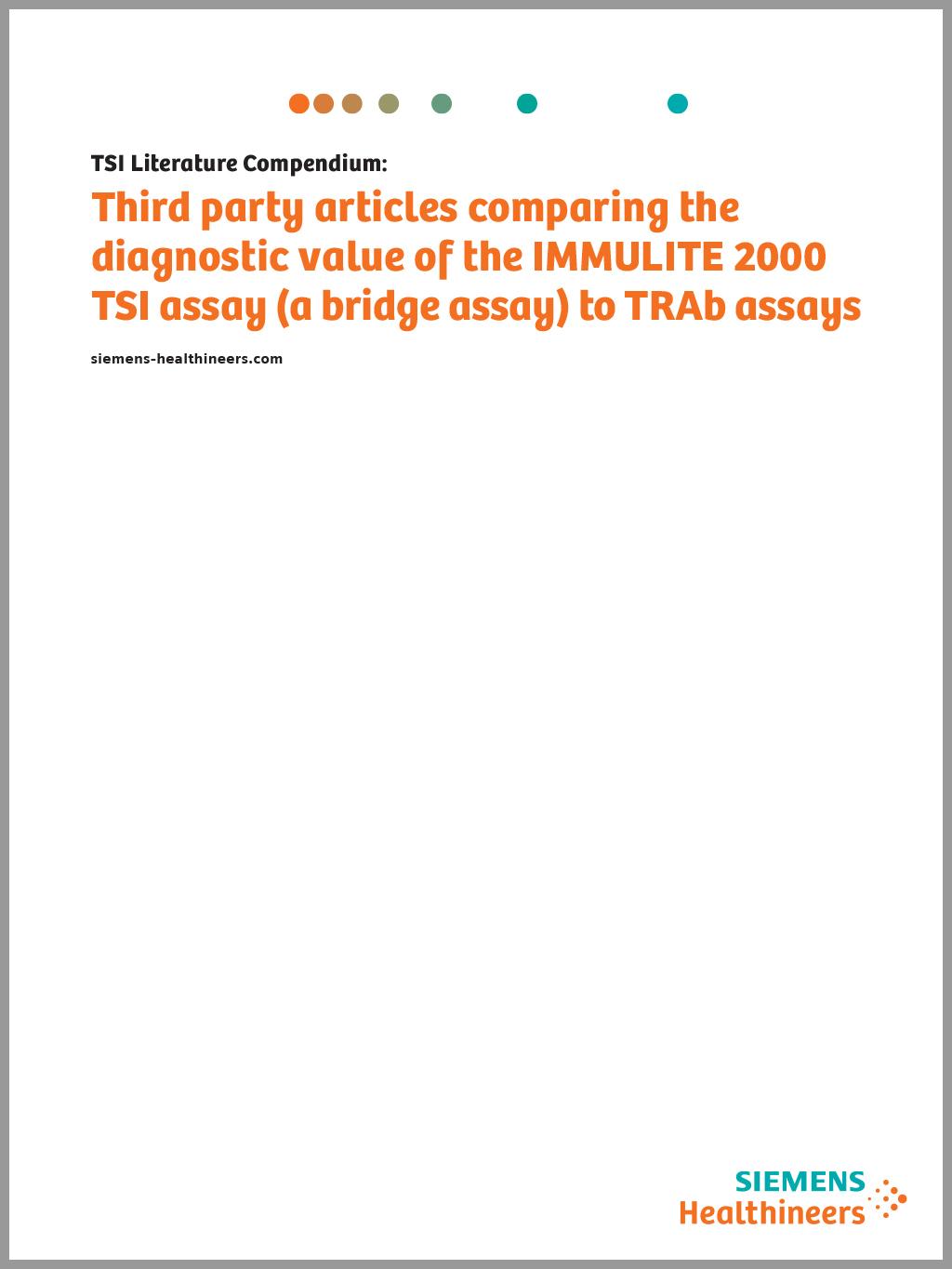Hypothyroidism, an underactive thyroid, is one of the most undiagnosed, misdiagnosed, and unrecognized health problems in the world. Hypothyroidism—is insufficient production of thyroid hormone—typically presents with low levels of T4. It is the most common thyroid dysfunction. Dysfunction can occur due to problems in the thyroid itself—that is, primary disease—or it may be due to problems in the pituitary or hypothalamus known as central hypothyroid disease.
Hashimoto’s thyroiditis is the most common form of autoimmune thyroiditis. The immune system that protects the body from invading infections can mistake thyroid gland cells and their enzymes for invaders and attack them, leaving too few thyroid cells and enzymes left to make sufficient thyroid hormone. This is more common in women than men. Autoimmune thyroiditis can begin suddenly, or it can develop slowly over years. Hypothyroidism risk factors include gender, age, prior history of thyroid disease or treatment, personal history of autoimmune disease, and family history of thyroid disease.
Hyperthyroidism results from overproduction of the thyroid hormones T4 or T3. The endogenous condition occurs relatively infrequently, while exogenous hyperthyroidism states may be triggered by excess medication.1 Excess thyroid hormones affect cardiac performance, the renal and skeletal systems, liver function, and the female reproductive system.
Graves’ disease is estimated to affect 2–3% of the general population. One of the most common forms of hyperthyroidism, Graves’ disease is an autoimmune disorder characterized by the presence of stimulating TSH receptor autoantibodies. TSH receptor autoantibodies mimic the activity of TSH, leading to an elevated production of thyroid hormone.2 Left untreated, Graves’ disease can lead to miscarriage, birth defects, and thyroid eye disease and can be life-threatening.
Thyroid cancer affects an estimated >500,000 people worldwide.3 The incidence of thyroid cancer has increased dramatically during the past three decades and is now the fastest growing cancer in women.4 There are four main types of thyroid cancer:5
- Papillary thyroid cancer is the most common type, accounting for about 70–80% of all thyroid cancers.5 It can occur at any age, tends to grow slowly, and often spreads to lymph nodes in the neck. Papillary cancer has a generally excellent outlook, even if there is spread to the lymph nodes.
- Follicular thyroid cancer makes up about 10–15% of all thyroid cancers in the United States. Follicular cancer can spread through the blood to distant organs, particularly the lungs and bones.
- Medullary thyroid cancer (MTC) accounts for approximately 2% of all thyroid cancers. Approximately 25% of MTC runs in families and is associated with other endocrine tumors.
- Anaplastic thyroid cancer is the most advanced and aggressive thyroid cancer and the least likely to respond to treatment. Anaplastic thyroid cancer is very rare, found in less than 2% of patients with thyroid cancer.
The survival rate for thyroid cancer depends on many factors, but the most important is how early the nodule is identified. Early detection increases the chance that the thyroid tumor remains localized, which means it hasn’t spread from the thyroid itself.6




